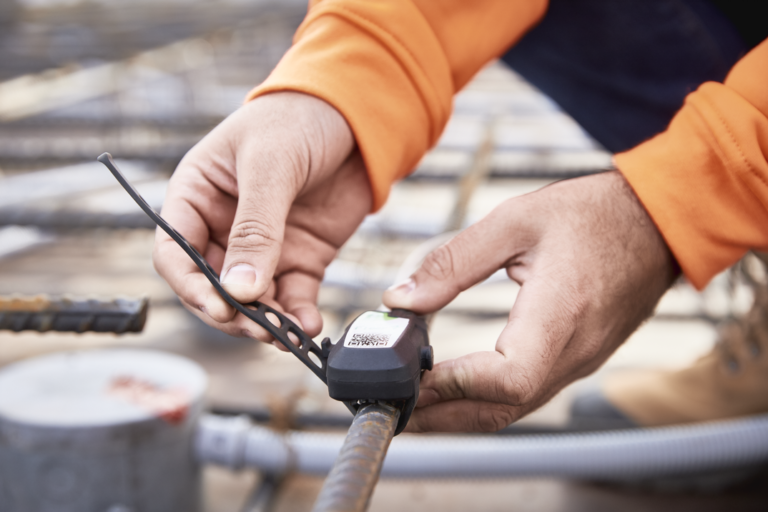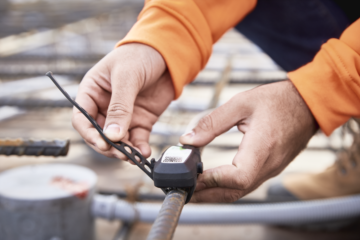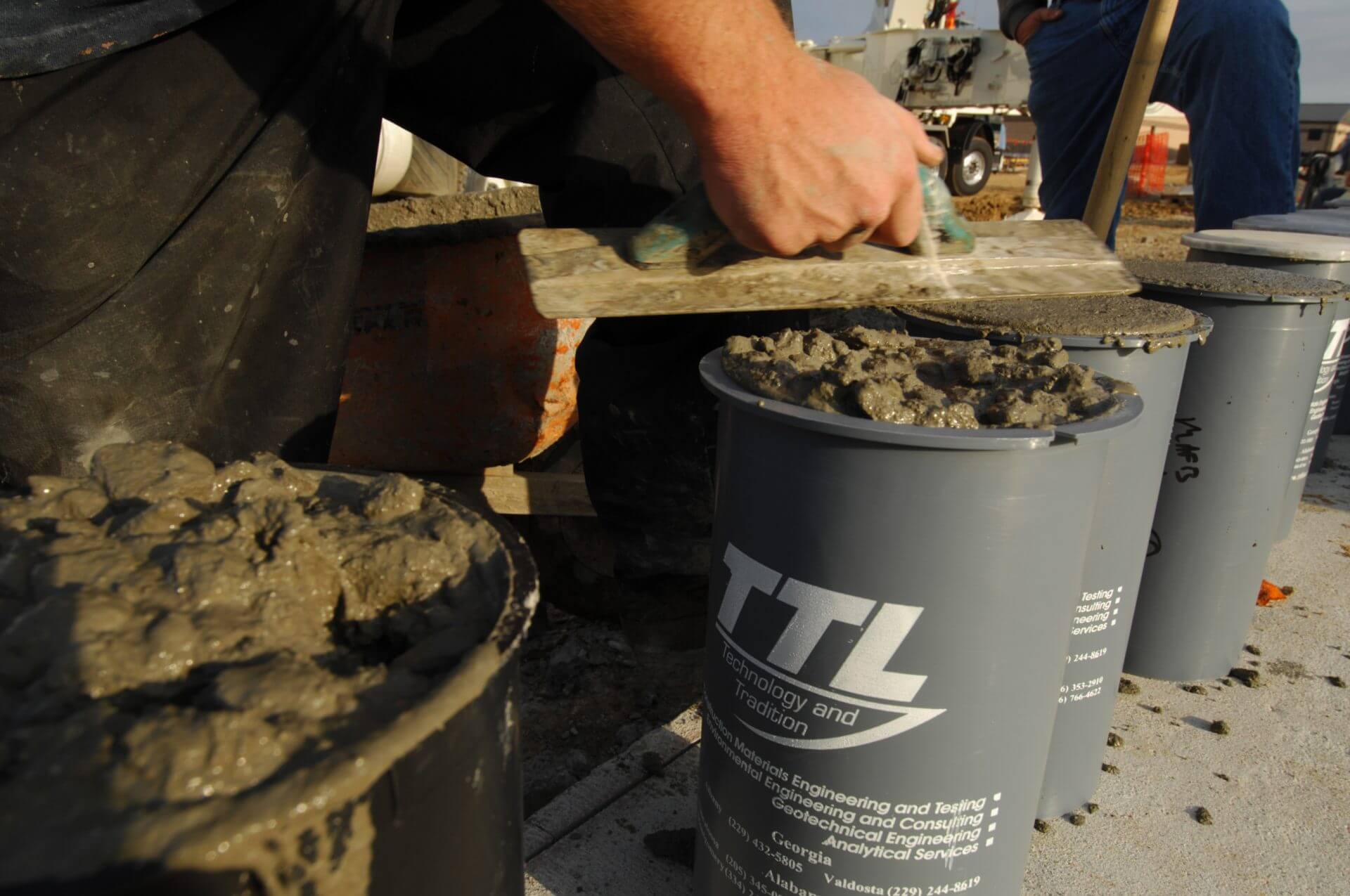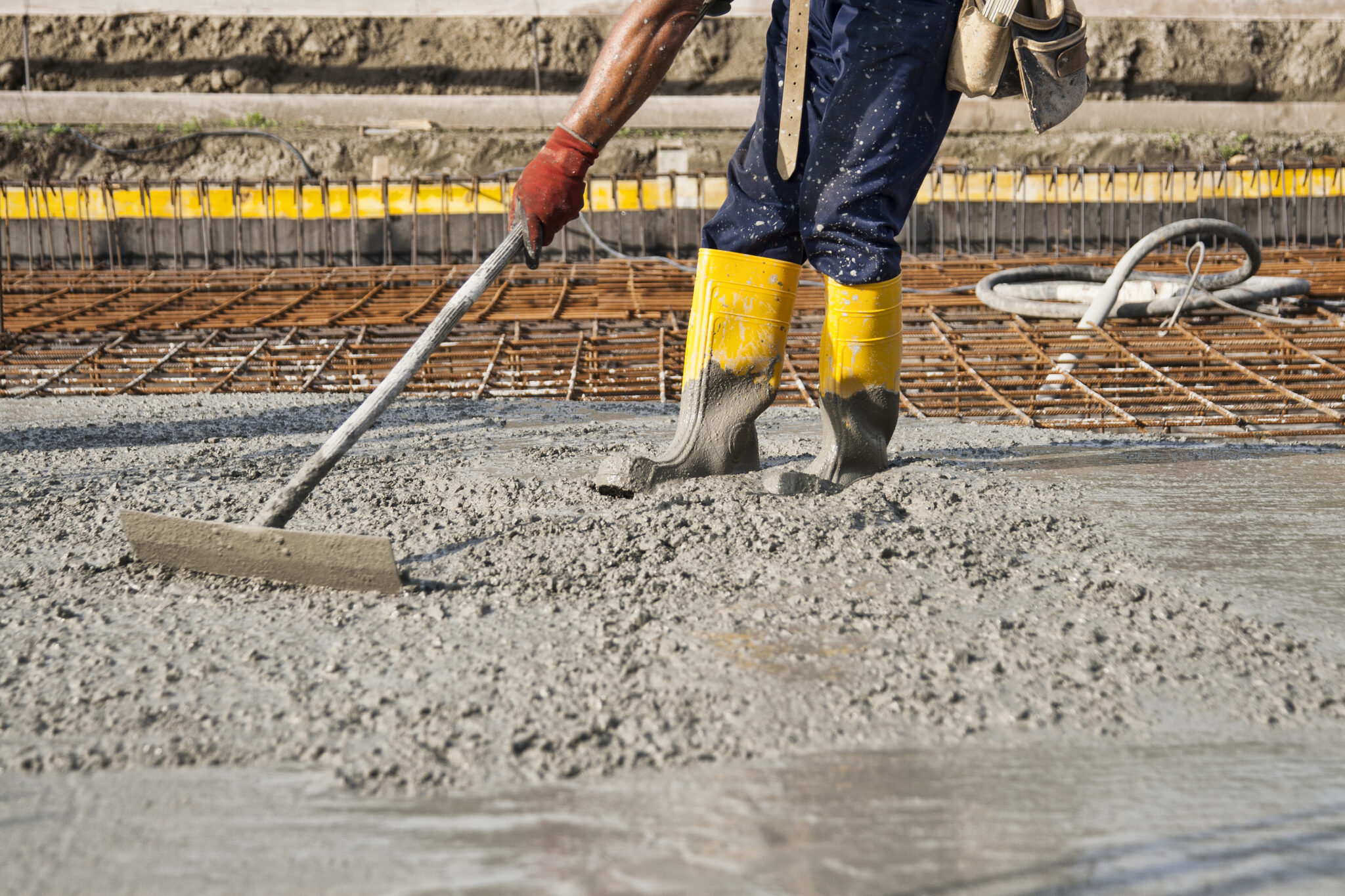Concrete strength testing is the lifeblood of any construction project, especially here in the UK. As a contractor or engineer, you’re familiar with the traditional methods of ensuring concrete strength and durability—methods that have stood the test of time but come with their own set of challenges. From the notorious waiting times of cube tests to the unpredictability of weather conditions, it’s easy to see why many in the industry are looking for faster, more reliable alternatives.
Explore 12 Futuristic Technology Trends Solving Concrete's Biggest Challenges.
In this blog, we’ll explore common testing methods used across the UK, dive into the frustrations they bring, and discuss how the latest wireless maturity and temperature sensors are making a game-changing impact.
Traditional Concrete Strength Test Methods: Tried, True, and… Tiring?
- The Cube Test
Probably the most recognised method for testing compressive strength, the cube test involves casting concrete samples in steel moulds and crushing them after curing to determine the concrete’s strength. This process is accurate, but the waiting time—7 to 28 days—can hold up project timelines and create expensive delays.
- Coring
Coring involves extracting a cylindrical sample of hardened concrete from a structure to assess compressive strength. While considered one of the most reliable destructive methods, coring is invasive and can weaken the structural integrity of the tested area. Additionally, it is labour-intensive and time-consuming, requiring specialised equipment and often leading to project disruptions. The repair work that follows to restore the core-removed area adds to costs, making this method far from ideal for frequent or widespread testing.
- Non-destructive Testing
NDT methods, like the rebound hammer and ultrasonic pulse velocity, offer the benefit of testing hardened concrete without damaging it. However, surface conditions, calibration requirements, and interpretation challenges can make this method less than ideal in certain scenarios.
Read more about concrete curing in UK projects! Click here.
The Challenges
While these methods are well-established, they aren’t without drawbacks:
- Time-Consuming Results: Waiting days or even weeks for cube test results can slow down project progress.
- Weather Dependency: The UK’s ever-changing weather, particularly the cold and rain, can drastically impact the curing process, complicating on-site testing and strength predictions.
- Manual Labour & Error: Traditional tests require significant manpower, and human error is always a risk, whether during sampling or reporting results.
- Inconsistent Accuracy: Especially with non-destructive testing, where surface conditions and calibration issues can skew results.
So, what can be done to reduce these pain points? Fortunately, technology has stepped in to provide a solution.
Why Wireless Maturity and Temperature Sensors Are the Future
The solution to many of these challenges lies in wireless maturity and temperature sensors. These advanced tools allow contractors and engineers to gather real-time data on-site, streamlining decision-making and boosting the accuracy of testing.
Here’s how they work:
- Real-Time Concrete Maturity Tracking
Wireless sensors embedded in concrete allow you to monitor the strength development in real time. Rather than waiting for weeks for cube test results, these sensors give you an instant read on your concrete’s curing progress. Not only does this speed up your timelines, but it also ensures you have accurate data to support your decisions. This allows projects to move forward with confidence.
- Accurate Temperature Monitoring
Temperature plays a massive role in how quickly and effectively concrete cures. The UK’s unpredictable weather can make this even more challenging. However, wireless temperature sensors provide real-time updates on the exact conditions inside your concrete. This data allows you to make informed decisions about curing processes, ensuring your concrete reaches optimal strength regardless of weather conditions.
- Fewer Delays, Lower Costs
By using wireless sensors, you can reduce the time spent waiting for test results, cutting down on costly delays. And because the data is sent directly to your devices—whether you’re in the office or on-site—you’re always connected and in control.
- Improved Quality Control and Reduced Human Error
The automated nature of wireless sensors reduces reliance on manual testing, minimising the risk of human error. By automating the collection and analysis of data, you’re ensuring more consistent and reliable results, giving you greater peace of mind.
Case in Point: Cutting Edge Technology for UK Construction Sites
Imagine this: you’re working on a project during a particularly cold snap (not uncommon in the UK). Your concrete needs to cure under precise temperature conditions to ensure long-term concrete strength, but the weather isn’t on your side. With wireless maturity and temperature sensors, you can track the concrete’s internal temperature and maturity in real-time. This allows you to make immediate adjustments to keep the project on track.
No more waiting around for cube test results that might come back late. No more guesswork about whether the weather is slowing down the curing process. The data is there when you need it.
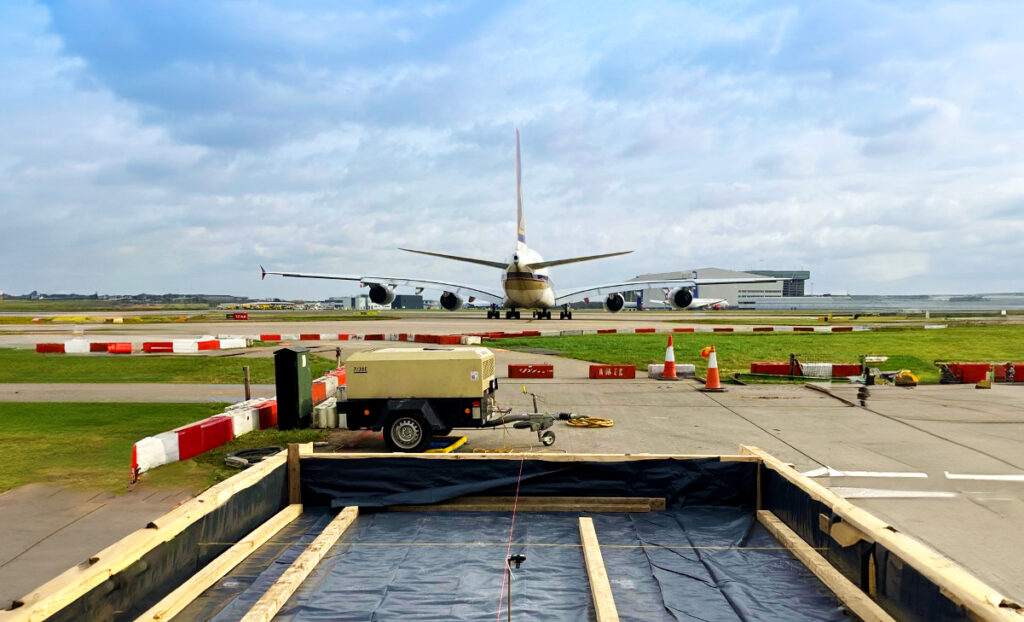
Why UK Contractors Should Make the Switch
In an industry where every hour of delay can translate into thousands of pounds in lost revenue, the ability to monitor your concrete in real-time is a game-changer. Wireless sensors not only offer quicker results but also improve the quality and accuracy of those results, helping you meet your deadlines without compromising on quality.
By incorporating this technology, you’ll see improvements across the board—from faster project delivery times to better communication between teams, and, ultimately, more satisfied clients.
Conclusion
Concrete strength test methods in the UK have evolved significantly, but challenges like weather delays, long testing times, and human error remain constant. Wireless maturity and temperature sensors are revolutionising the way we test concrete, offering faster, more accurate, and more reliable solutions for contractors and engineers.
So, if you’re tired of dealing with the headaches of traditional testing methods, it’s time to embrace the future. Wireless sensors can help you reduce delays, improve accuracy, and ensure your project meets the highest standards of quality.
At the end of the day, the choice is clear: faster, smarter, and more efficient testing through wireless technology. Why wait weeks for results when you can have them instantly?
